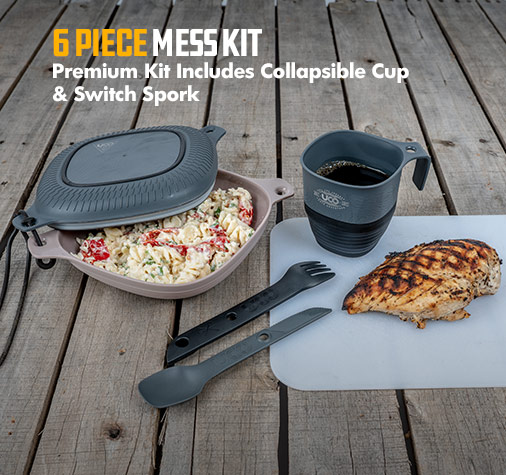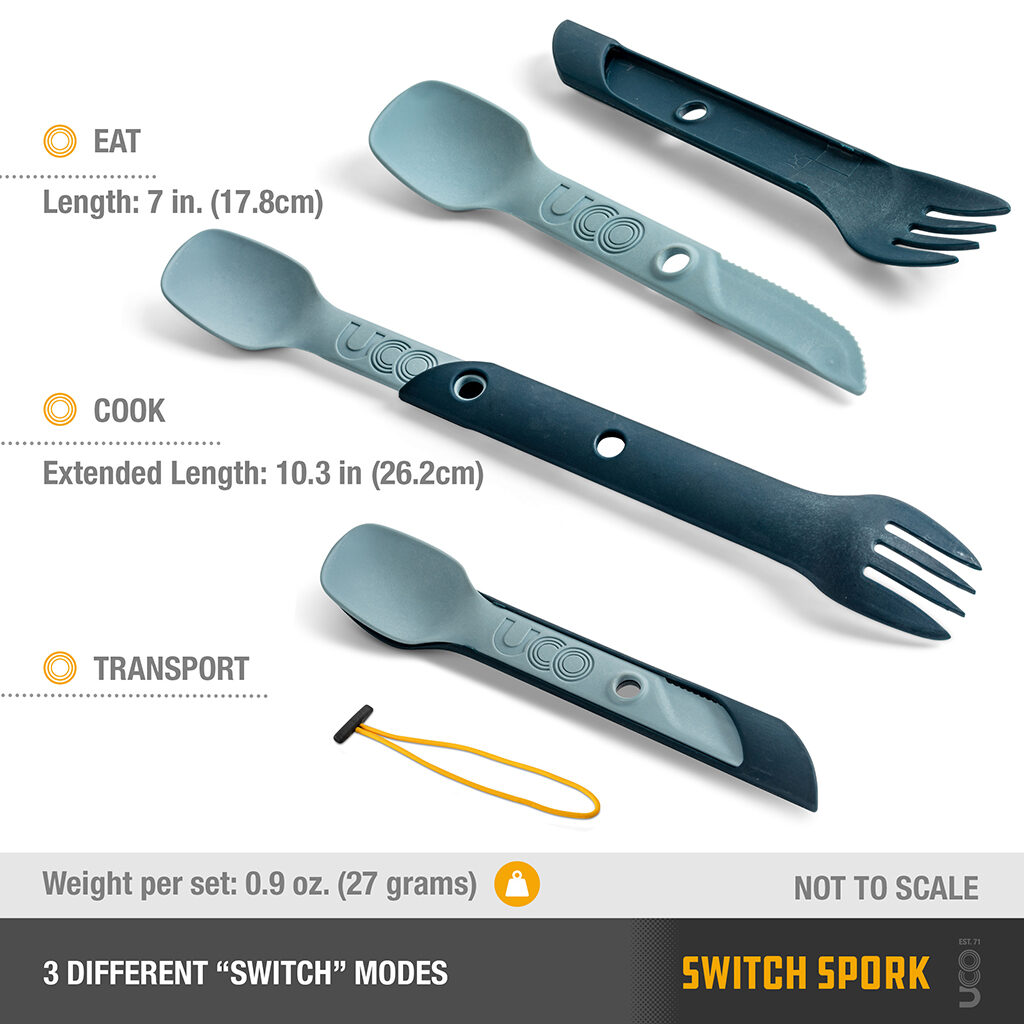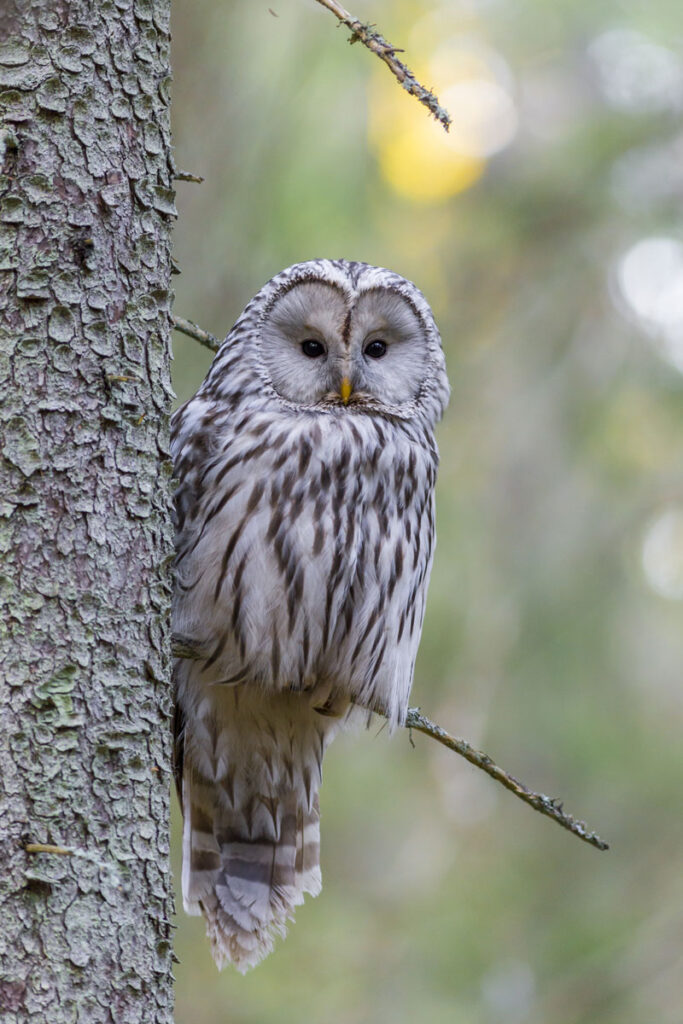
Tips for Hiking and Backpacking with Kids
Around 10.6 million people go backpacking every year in America, many of them as families. Sharing your passion for nature, exercise, and eco-responsible recreation with your kids is a great opportunity to bond, educate, and start them on a “path” to success. But how do you make sure everyone enjoys a safe, fulfilling experience? Here are some tips to minimize the headaches, maximize the fun, and make some awesome memories.

Plan Your Itinerary Around Bathroom Stops
When mother nature calls, you have to pick up, especially when you have young kids. Even if your hiking a relatively secluded trail, some children—and parents—are uncomfortable relieving themselves in the woods. Therefore, particularly as you first acclimate your kids to the hiking experience, you may want to choose a location with bathroom facilities along the way—or at least at destination points.
For example, you may decide to choose a location that has a bathroom at the start of a two-mile trail and another one at a lodge along the way. This way, your kids don’t have to hold it for too long, which can detract from an otherwise great hike.
Either way, pack some toilet paper—enough for each person—just in case. And hit the potty before you start your trek.
Pack Plenty of Small, Calorie-Dense Snacks
By now, you know your kids’ metabolisms most likely outpace your own. For an excited young one bouncing along a trail, running off to catch a creature, or check if that actually is an edible morel mushroom, their torching calories like never before. A few bags of trail mix, some granola, or a couple apples can keep them going strong.
A word of caution, however: Don’t outline your food inventory ahead of time. If they know what’s in your bag of goodies, they’ll be begging for the bounty two minutes after you set off.

Water, Water, Water
Yes, water is heavy, but hydration is a vital element of a successful hike—no matter your age. If your kid is old enough and has a suitable backpack, feel free to give them their own H2O supply. Each liter will only add around 2.3 pounds, including the container, and this affords you the opportunity to teach them how to space out their sips without getting dehydrated.
You should also be sure to pack a little extra in case they start guzzling early. If you’re hiking in a place with suitable fresh river water, you can show them how to collect naturally-filtered water in mid-stream to help ensure its purity.

Schedule Goal-Based Food Breaks
In addition to emergency snack breaks, you should plan for some structured eating as well. Kids love structure. To get the most out of both the hike and the meal, you should plan each chowdown around specific distance- or time-based goals. For example, you could:
- Tell your kids you’re going to stop and eat after every mile or half-mile you hike
- Structure your food around nutritional needs to maximize the fitness benefits:
- Grab some healthy, water-dense carbs at the start of the hike for energy. This could be fruit, vegetables, or even some all-natural juices.
- After you’ve worked those leg and back muscles for a little while, stop and eat some protein to help muscle fibers repair themselves and to support strength gains.
- Limit the size of meals during the hike so your body doesn’t send too much blood to the stomach and away from your limbs. But have a nice size meal—as a reward—after you’re done or have completed the most strenuous leg of the journey.
Don’t Forget Utensils
Just because you’re moving amongst the animals doesn’t mean you have to eat like them—unless you want to, which can be cool as well. With UCO Ware Mess kits, you and your kids can get the most out of every meal. At the same time, you can avoid generating trash with “disposable” plastic and paper utensils. Also, if each kid has their own kit, they can learn how to properly and responsibly pack, use, and clean them.



Make Every Trip a (Modest) Scavenger Hunt
Kids love discovery. While you may not be able to predict every eye-widening detail of the trip, you can make a list of things to keep an eye out for. This will keep them fully engaged. You can even set up a reward system if they find at least half of the items—or another percentage. “How does no dish-duty for three days sound?”
This can work whether your kids are three or 13. They can hunt for things like:
- A squirrel eating
- A fallen tree
- A bird’s nest
- A stone bigger than their head
- A sapling shorter than they are
- And so on…
You will want to limit the intensity of the hunt by not keeping the list short or relatively easy to sniff out. This way, the hunt won’t eclipse the rest of your adventure.
Throw in a History Lesson—or Three or Four
Every place has a story. Whether it’s the native Americans who used to live and work in the area, a military outpost, or just an interesting geological formation born just after Pangea, there’s always something fascinating to capture your kids’ imagination—whether they’re history buffs or not.
You can also discuss the history of surrounding areas, perhaps places you can see from a summit or the town in which the hiking spot is situated.
Give Your Kids Meaningful Responsibilities
A hike is not a chance for you to lug your kids into nature. It can be a triumph of teamwork. Here are some role you can assign, adjusting the details of each responsibility according to age and ability.
Map-Holder
Whether your kid is merely holding the map or helping make navigational decisions, they will love being responsible for your family’s most-valuable asset. It may be simply a matter of, “Keisha, may I have the map, please?” Or you can challenge your child with, “Hey, Kai, use the key to tell us how far we’ve gone and the distance to our next stopping point.”
You can also incorporate compass lessons and basic cartographical notation. Young folks love putting their nose in maps and helping the fam get from point A to point Z.
Time-Keeper
For younger kids, you can ask them to keep track of the time you left, as well as how you’re doing based on some humble time goals. “We want to be half-way by 10:00, Tommy. How are we doing?”
Choosing a time-keeper also helps them flex their base-60 adding and subtracting skills as they calculate minutes and hours left to go or that have elapsed.
Ornithologist
Even though the whole family is going to be on the lookout for feathered friends, picking a chief ornithologist can turn a casual nature observer into an avid bird-watcher in no time. You could provide them with list of birds typical to the area that you find online, at a park station, or in a bird-watching book. When your child finds a bird, if they can read, the family can spend a few moment listening to some interesting facts and biological characteristics.

Zoologist
In addition to four-footed furry buddies, there are salamanders, snakes, snails, worms, fish, and even bugs that your diminutive zoological specialist can discover and make friends with. Similar to the tools given an ornithologist, a zoologist can be armed with a basic list of creatures that reside in the area, along with some fun biological factoids. They can make list and present their discoveries to the family after the trip, during, or as part of a slide show for the grandma and grandpa.
Arborist
Even in areas where it looks like it’s “mostly pine trees,” there is often surprising arboreal diversity along the landscape. You can assign your kid to be the family’s arboreal scientist, teaching everyone about key traits of the different trees they meander through, step over, and, when Mom and Dad aren’t looking, climb.
The key to a great hike with kids is keeping them fed and watered, meaningfully engaged, making them feel important, and empowering them with new knowledge. In this way, your kids can discover the beauty of nature—and the joy of hanging with their cool parents.

